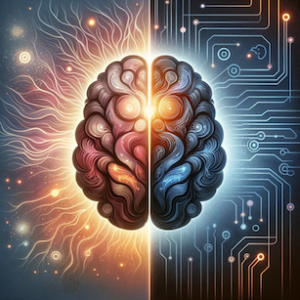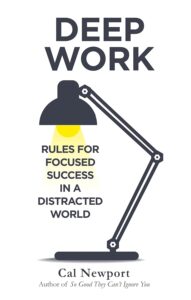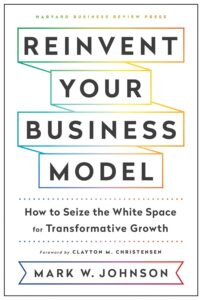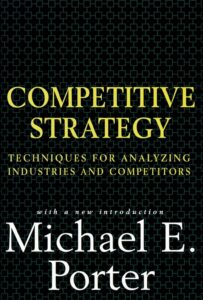Why Emotional intelligence matters more than IQ
Emotional Intelligence overs a range of topics primarily focused on emotional competencies, social problems in children, and methods of emotional and social education. It addresses issues such as withdrawal or social problems in children, attention or thinking problems, anxious and depressed states, and delinquent or aggressive behaviors.
Subjects: Emotional Intelligence
“It is with the heart that one sees rightly; what is essential is invisible to the eye.”
“ANTOINE DE SAINT-EXUPÉRY,
The Little Prince”
The true understanding and appreciation of life go beyond mere sensory perception. This wisdom, highlighted in the book Emotional Intelligence , delves into the essence of emotional intelligence. It suggests that our deepest insights and most meaningful connections stem from our emotional experiences and perceptions, not just rational or visual understanding. The heart, symbolic of emotions and empathy, is the lens through which we truly comprehend the world. This perspective emphasizes the significance of feelings, relationships, and intangible qualities like love, compassion, and empathy, which are not visible but are indeed the core of human experience. The book encourages readers to look beyond superficial appearances and to value the unseen emotional depth that truly shapes our understanding of life and our connections with others.
What is Emotional intelligence (EI) ?
Emotional intelligence (EI) refers to the ability to recognize, understand, and manage one’s own emotions, as well as to recognize, understand, and influence the emotions of others. This concept involves a range of skills that are crucial for interpersonal communication and effective emotional management. The key components of emotional intelligence are often broken down into several areas:
1. Self-awareness: This is the ability to be aware of one’s own emotions, to understand how they are triggered, and to recognize their impact on thoughts and behavior. Self-awareness allows individuals to understand their strengths, weaknesses, and emotional tendencies.
2. Self-regulation: This aspect involves the ability to control or redirect disruptive emotions and impulses and to adapt to changing circumstances. It includes managing emotional reactions, maintaining standards of honesty and integrity, taking responsibility for personal performance, and being flexible in handling change.
3. Motivation: Emotionally intelligent people are often self-motivated, with a strong drive to achieve, optimism even in the face of failure, and a commitment to personal and organizational goals.

4. Empathy: This is the ability to understand and share the feelings of another person. It involves recognizing and responding to the emotions of others, understanding their perspective, and using that understanding to guideactions and decisions.
5. Social Skills: This component encompasses the skills needed to manage relationships and build networks. It includes the ability to find common ground, build rapport, lead, communicate clearly, inspire and influence others, manage conflicts, and work as part of a team.
Emotional intelligence is crucial in various aspects of life, including personal relationships, workplace interactions, leadership, and mental well-being. It contributes to the ability to navigate social complexities, to lead and motivate others, and to excel in professional environments. Moreover, EI is considered a key factor in personal and professional success, often regarded as equally or more important than traditional measures of intelligence, such as IQ.
Complementary roles of EI and IQ in various aspects of life and success.
| Aspect | Emotional Intelligence (EI) | Intelligence Quotient (IQ) |
|---|---|---|
| Definition | The ability to identify, assess, and control one’s own emotions, the emotions of others, and that of groups. | A measure of a person’s cognitive abilities in relation to their age group. |
| Key Components | Self-awareness, self-regulation, motivation, empathy, social skills. | Analytical skills, logical reasoning, abstract thinking, problem-solving ability. |
| Interpersonal Skills | Crucial for effective communication, conflict resolution, and building strong relationships. | Less directly related to interpersonal skills. |
| Self-Management | Involves managing one’s own emotions effectively, crucial for stress management and personal growth. | Focuses more on cognitive abilities than on self-management of emotions. |
| Empathy | Central to understanding and responding to the emotions and needs of others, essential in leadership and teamwork. | Does not directly deal with understanding others’ emotions. |
| Success in Life | Contributes significantly to personal well-being, relationship satisfaction, and success in a variety of social contexts. | Generally predicts academic and specific career-related success but doesn’t encompass broader aspects of life. |
| Adaptability | Enables individuals to navigate complex social situations and adapt to changing emotional dynamics. | Primarily related to problem-solving within defined parameters; less about social adaptability. |
| Role in Leadership | Essential for inspiring trust, motivating others, and fostering a positive work environment. Effective in managing a team and leading empathetically. | Important for strategic planning and decision-making but less directly related to team management and motivation. |
| Holistic Intelligence | Provides a more comprehensive understanding of human intelligence, including emotional and social dimensions. | Focuses on cognitive and analytical aspects of intelligence. |
Worst way to motivate someone
Emotional Intelligence talks about worst way to motivate someone. It delves into the counterproductive methods of motivation, which can lead to adverse effects on performance, morale, and overall well-being. One of the most detrimental ways to motivate someone is through fear, pressure, or negative reinforcement. This approach can create a stressful and hostile environment, diminishing an individual’s intrinsic motivation, creativity, and job satisfaction.
Using threats or punishment as motivators often leads to a short-term compliance but fails to foster genuine engagement or a sense of ownership in one’s work. It can also lead to increased anxiety, decreased self-esteem, and a lack of trust in the workplace or in personal relationships. When people are motivated by fear, they are likely to focus on avoiding negative outcomes rather than striving for positive results, leading to a decrease in innovation and risk-taking.
Positive motivation strategies, which include encouragement, recognition, and support for personal and professional growth, are generally more effective. These approaches build trust, foster a positive work culture, and encourage long-term commitment and productivity. They also help in developing a growth mindset, where challenges are viewed as opportunities for learning and development, rather than threats to be avoided.
In conclusion, the worst way to motivate someone is through negative means such as fear, pressure, and punishment. These methods may yield immediate results but are unsustainable and harmful in the long run. Instead, fostering a supportive and encouraging environment leads to more positive outcomes, both for individuals and organizations.




